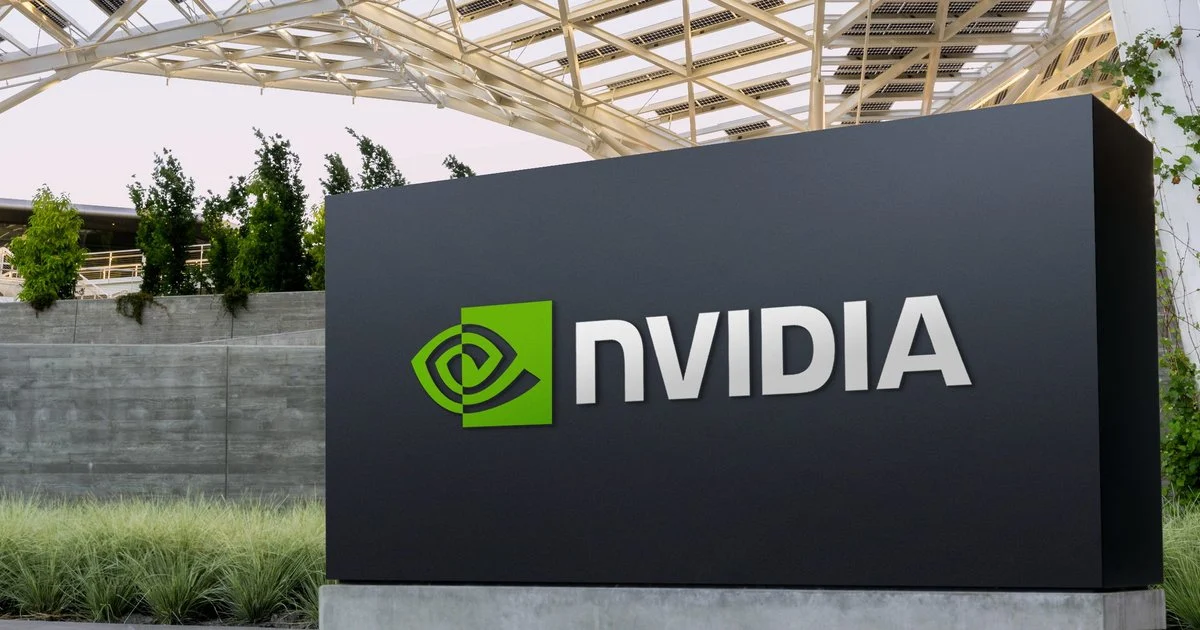Deconstructing the Hysteria: Why the Case Against Nvidia Collapses Under Scrutiny

A persistent and increasingly vocal chorus of skepticism has emerged around Nvidia, attempting to cast a shadow over its generational success. This opposition, amplified by financial media and market pessimists, rests primarily on two pillars of supposed dread: the specter of executive insider trading and the lazy, ghost-of-dot-com-past comparison to Cisco Systems. These narratives are powerful precisely because they are simple, preying on base fears of greed and historical collapse. However, a clinical examination of their core arguments reveals a foundation built not on sober analysis, but on a series of convenient omissions, logical fallacies, and a profound misunderstanding of the current technological epoch. It is time to dissect these claims and expose them for the intellectual shortcuts they are.
Fallacy 1: The Myth of the Sinister Stock Sale
The primary attack vector is an emotionally charged but analytically hollow narrative: Nvidia insiders, including its visionary CEO Jensen Huang, have sold over a billion dollars in stock at record highs. The intended conclusion is obvious and damning—they are ‘cashing out,’ a clear vote of no confidence in the company's future. This argument collapses the moment one applies even a modicum of scrutiny and demands context beyond the headline figure.
The entire premise is a deliberate misinterpretation of standard, regulated corporate practice. These sales are overwhelmingly executed under SEC Rule 10b5-1, which are pre-scheduled trading plans. Executives establish these plans months in advance, setting specific triggers for sales (e.g., price targets or dates) precisely to avoid any accusation of trading on non-public information. To frame this highly regulated, transparent, and pre-planned activity as a panicked, opportunistic dash for the exits is intellectually dishonest. It is the operational equivalent of claiming a scheduled train departure is proof the conductor is fleeing the city in terror.
Furthermore, the critics conveniently omit the denominator in their equation. While a billion dollars is an arresting figure, it represents a fractional sliver of the executives' total holdings. For individuals whose net worth is almost entirely concentrated in a single company's stock, periodic, planned diversification is not just prudent financial management—it is the fiduciary duty they have to their own families. To hold 99% of one's wealth in a single asset, regardless of its quality, is not a sign of confidence; it is a sign of reckless financial concentration. Are we to believe the only valid proof of an executive's faith is for them to court personal financial ruin? The critics' position is a non-sequitur. They selectively apply this outrage to Nvidia while ignoring that the exact same diversification practices are bog-standard for leadership at Apple, Microsoft, Amazon, and every other titan of industry. Where is the evidence that these sales deviate from established norms for long-tenured executives with immense equity stakes? It doesn’t exist.
The rational alternative, once the manufactured hysteria is stripped away, is mundane but true: executives are executing long-term financial plans. The real story remains in the company's forward-looking roadmap—from sustained DLSS innovations to the architectural strength of its next-generation GPUs and the burgeoning, world-changing demand for Sovereign AI.
Fallacy 2: The Anachronism of the Cisco Analogy
The second pillar of the bear case is the appeal to a flawed historical parallel: Nvidia is the new Cisco. Pundits paint a picture of the dot-com bubble, where Cisco provided the 'picks and shovels' for an internet gold rush built on unprofitable startups, only to see its stock plummet over 80% when the bubble burst. This analogy is seductive because it offers a simple, pre-packaged disaster scenario. It is also fundamentally, demonstrably wrong.
This is a classic case of a False Equivalence. Comparing Nvidia's current position to Cisco's in 2000 ignores the profound differences in the nature of their products, their customers, and the underlying economic transformation.
First, consider the customer base. Cisco's demand was fueled by a speculative frenzy of thousands of dot-com companies, many with no revenue, no profits, and no viable business model. When the funding dried up, so did the orders. Who are Nvidia's primary customers today? They are the most dominant, cash-rich, and powerful corporations on the planet: Microsoft, Google, Amazon, and Meta. They are not buying GPUs on a whim; they are making foundational capital investments in an AI arms race that underpins their future growth and profitability. Now, add to that a new class of customer: sovereign nations. The rise of 'Sovereign AI' sees entire countries building national computing infrastructure, a source of demand that is strategic, long-term, and entirely absent from the Cisco equation.
Second, the product itself. Cisco sold network hardware. It was critical, but it was ultimately commoditizable plumbing. Nvidia sells an entire ecosystem. It is not merely a 'pick and shovel' manufacturer; it is the inventor of the entire automated mining, refining, and logistics operation. The CUDA software platform creates a deep, proprietary moat that competitors have failed to cross for over a decade. This integrated stack—from silicon to software to developer frameworks—creates a level of customer lock-in and pricing power that Cisco could only dream of. Nvidia isn't selling a component; it's selling a paradigm.
Finally, the valuation. At its peak, Cisco traded at a price-to-earnings (P/E) ratio exceeding 200, a figure based purely on speculative hope. Nvidia's forward P/E, while high, is grounded in colossal, real-world earnings and a tangible demand forecast. It is the valuation of a company executing a technological revolution, not one surfing a speculative bubble.
With the opposition's core arguments revealed as a combination of misinterpreted data and anachronistic comparisons, the path forward becomes clear. The choice is not between a 'safe' skepticism and a 'risky' belief in Nvidia. The choice is between intellectually fallacious narratives designed to generate clicks and a rational, evidence-based understanding of a company architecting the next industrial revolution. The noise is loud, but the logic is simple. And it is overwhelmingly on Nvidia's side.